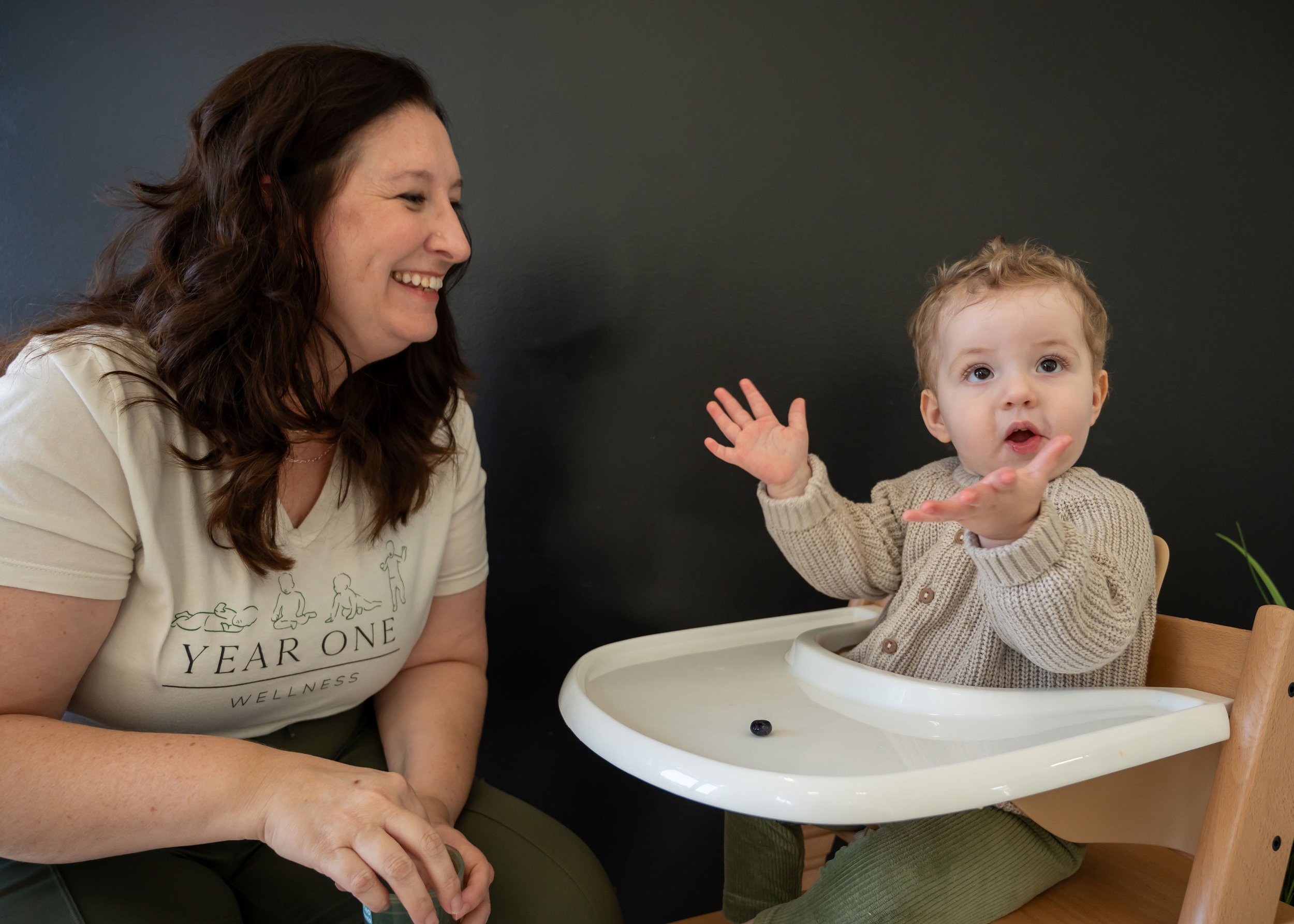Transitioning to Solids: A Guide for Your 6-Month-Old Baby
Introducing solids is an exciting milestone in your baby’s journey. At around six months, most babies are ready to explore new tastes and textures beyond breast milk or formula. This stage can be both thrilling and a little daunting for parents, so here’s a guide to help you navigate the transition smoothly.
Signs Your Baby is Ready for Solids
Before introducing solids, look for these readiness cues:
Head control: Your baby can hold their head steady and sit up with minimal support.
Interest in food: They watch you eat, reach for food, or open their mouth when offered a spoon, possibly start imitating you chewing.
Increased hunger: They seem less satisfied with milk alone and show curiosity about eating.
Starting Solids: The First Steps
Choose the Right Time: Begin during a calm part of the day when your baby is alert but not overly hungry. Mid-morning is often a good choice.
Start Simple: Offer single-ingredient purees like mashed sweet potato, banana, or avocado. Or rod shapes foods that will not break apart in babies’ mouth like a whole carrot or celery. This is a great time to introduce a variety of flavors and colors!
Use the Right Tools: A baby spoon (small spoons are best to encourage babies to bring the spoon to their mouth) and a high chair with proper support can make mealtime more enjoyable.
Make It Fun: Smile, talk, and create a positive environment. Keep portions small and mealtime fun.
Common Questions About Starting Solids
What Foods Should I Start With?
Rod shaped foods are great for learning to chew.
Vegetables and fruits, offer a variety of colors and flavors, like carrots, peas, broccoli, mangos, and pears are great for introducing flavors.
What About Allergens?
It’s now recommended to introduce allergenic foods like peanuts, eggs, and dairy early, typically when you start solids around 6 months, to reduce the risk of allergies. Always consult your pediatrician first, especially if your family has a history of allergies.
How Much Should My Baby Eat?
Start with a small amount. Breastmilk or formula should remain their primary source of nutrition until age one.
Tips for a Smooth Transition
Follow Your Baby’s Cues: If they turn their head away or push the spoon out, don’t force it. Try again another time.
Embrace the Mess: Learning to eat is messy. A splat mat under the high chair and easy-clean bibs can help.
Offer a Variety: Once your baby is comfortable with basic foods, introduce new flavors and textures to expand their palate.
Stay Patient: Some babies take to solids immediately, while others need more time. Celebrate small wins!
Foods to Avoid in the First Year
Honey: Can cause botulism in babies under 12 months.
Cow’s Milk: Babies can enjoy a variety of dairy products (yogurt, cheese, etc) but drinking cow’s milk shouldn’t be used as a primary drink.
High-Salt foods: Babies’ kidneys can’t handle salt well.
Choking Hazards: Avoid whole nuts, popcorn, grapes, and other foods that could block your baby’s airway.
Enjoy the Journey
Starting solids is a milestone filled with discovery and fun. It’s not just about nutrition; it’s about fostering a love for food and sharing joyful moments as a family. Take it one bite at a time, and enjoy watching your little one explore the world of flavors and textures!
Ready to dive into the world of baby food? Let’s celebrate this exciting journey together! Reach out to us for a starting solids session with our occupational therapist.
Having trouble with solids or picky eating? We can help with that, too!


